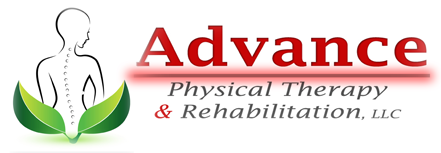
Sciatica
What is sciatica?
Sciatica is a type of nerve pain. This nerve pain condition radiates outward from your sciatic nerve, which travels down your back before splitting into two branches at your buttocks. Sciatica usually only affects one side of your body, and it is typified by pain in your lower back that spreads down either your left or right leg. The pain levels associated with sciatica range from a dull ache to excruciating, unremitting pain. Some people who have sciatica also report feelings of numbness or tingling in their lower back and one of their legs.
What causes sciatica?
This type of nerve pain is usually a complication of another type of condition such as a herniated disk, a bone spur, degenerative disc disease, spondylolisthesis or spinal stenosis. Pregnancy, muscle spasm and obesity are contributing factors. If these conditions compress the sciatic nerve, the symptoms associated with sciatica may ensue. People who are overweight are at a higher risk of developing sciatica, and the risk of developing this condition increases as you age. In addition, jobs that entail heavy lifting or prolonged sitting can also increase your risk of developing sciatica.
What are the symptoms of sciatica?
Symptoms of sciatic pain include low back pain or buttock pain, burning pain behind the leg when sitting, shooting pain behind the leg with initiation of standing or walking. Weakness, numbness in the leg and hip pain can also be symptoms.
How is sciatica diagnosed?
A doctor will begin the process of determining whether or not you have sciatica by performing a series of tests that measure your reflexes and strength such as squatting, walking on your toes, or lifting one leg at a time while lying down. To confirm their diagnosis, a doctor may also order imaging tests such as an X-ray, an MRI scan, or an EMG test.
How is sciatica treated?
In most cases, sciatica will go away on its own, and taking anti-inflammatory drugs or observing an anti-inflammatory diet may speed up the healing process. However, physical therapy has also been proven to be an effective treatment for sciatica. At Advance Physical Therapy & Rehabilitation we are experts in evaluating and treating sciatica. Treatments may include ultrasound, electrical stimulation, moist heat, cryotherapy, manual therapy, joint mobilizations, massage, stretching, strengthening, home exercise programs, postural and body mechanics training.


